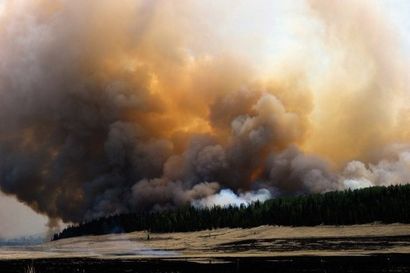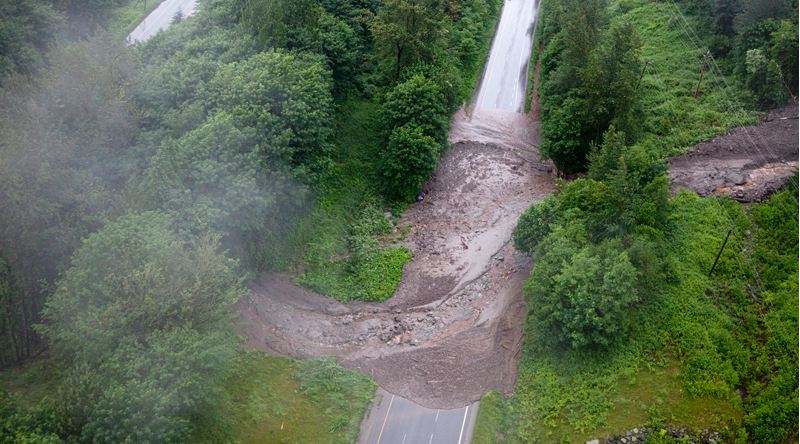
© AFP/Getty Images/Kevork DjansezianSmoke rises around the Lee Valley Recreational area in the Apache National Forest during back burn operations as the Wallow Fire continues to burn in Big Lake, Arizona on June 12. Epic floods, massive wildfires, drought and the deadliest tornado season in 60 years are ravaging the United States, with scientists warning that climate change will bring even more extreme weather.
Epic floods, massive wildfires, drought and the deadliest tornado season in 60 years are ravaging the United States, with scientists warning that climate change will bring even more extreme weather.
The human and economic toll over just the past few months has been staggering: hundreds of people have died, and thousands of homes and millions of acres have been lost at a cost estimated at more than $20 billion.
And the United States has not even entered peak hurricane season.
"This spring was one of the most extreme springs that we've seen in the last century since we've had good records," said Deke Arndt, chief of climate monitoring for the National Oceanic and Atmospheric Administration (NOAA).
While it's not possible to tie a specific weather event or pattern to climate change, Arndt said this spring's extreme weather is in line with what is forecast for the future.
"In general, but not everywhere, it is expected that the wetter places will get wetter and the drier places will tend to see more prolonged dry periods," he told AFP.
"We are seeing an increase in the amount (of rain and snow) that comes at once, and the ramifications are that it's a lot more water to deal with at a time, so you see things like flooding."
More than 6.8 million acres in the central United States have been swamped after record spring rainfall overwhelmed rivers already swollen from the melting of a heavy winter snow pack.
Some levees burst under the pressure as the mighty Mississippi River swelled to more than three miles (nearly five kilometers) in width. Others were intentionally breached in order to ease pressure and protect cities downstream.

